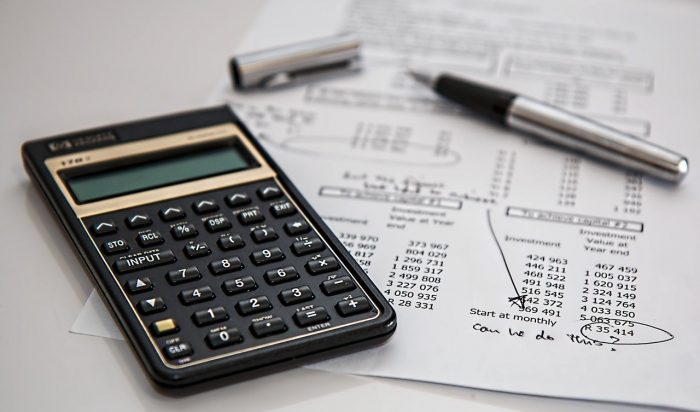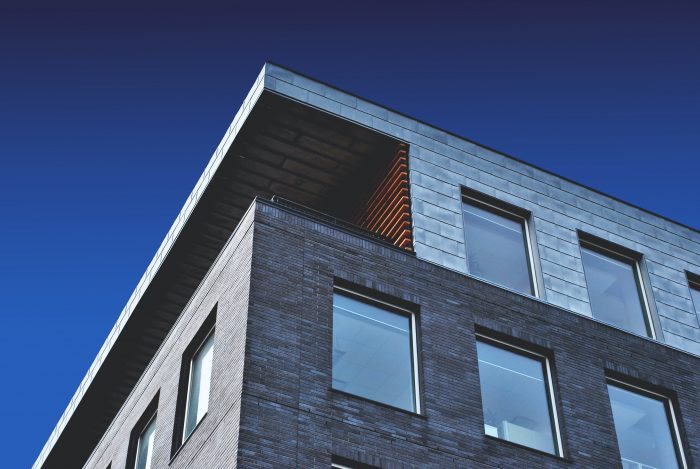How to calculate capital growth for your property investment?
Published
February 22, 2021
Published
February 22, 2021

Updated: 2 September 2025
Understanding how to calculate capital growth is essential when assessing commercial property investments. Whether you’re after passive income or strong appreciation on your principal, commercial real estate can deliver both—with the right strategy and expert management.
Although commercial real estate often offers compelling yields (typically 7?%–10?%, sometimes more), its capital growth potential is just as powerful—and sometimes even more lucrative when executed strategically.
What is capital growth?
Also known as capital appreciation, this refers to the uplift in your investment’s value over time. At its core, capital growth occurs through two key pathways:
Market?driven growth: Shifts in supply and demand—or drivers like economic expansion, population trends, employment trends, or interest rate movements—can elevate property values.
Hands?on enhancement: Thoughtful asset management—from strategic refurbishments to upgrading tenants—can directly boost value. For instance, replacing a local hardware tenant with a national chain (like Bunnings) can substantially increase the rent—and your property’s capital value.
How to calculate capital growth?
Here’s a straightforward formula:
I = Initial investment ($)
C = Estimated annual capital growth rate (decimal)
P = Investment term (years)
Estimated future value =?I?×?(1?+?C)^P
For more precision, try our updated calculator—it allows multiple growth-rate scenarios to model best-case, base-case, and downside outcomes.
Save yourself the notepad space. Use our free tool to calculate your capital growth.
[customcalculator id=”1″]
Initial investment ($)
Your initial investment is the amount you’re investing in the property or investment opportunity. For a commercial property investment, this is usually a six- or seven-figure sum.
Most unlisted property trusts will require a minimum investment, sometimes around $250,000 (or less in particular circumstances). (Keep in mind your initial investment is after all fees are taken into account. You may pay a fund manager a fee for their service, but this amount obviously won’t be invested or returned to you. Don’t include it in your calculations. Instead deduct this amount from the future value of your investment.)
Capital growth rate (%)
The capital growth rate is typically an annual percentage. Check the investment brochure or Investment Memorandum (IM) to find out what the investment manager forecasts the future capital growth to be.
Our track record
Properties & Pathways has achieved annual capital growth ranging from 15?% to 30?% across various syndications—including value-add commercial assets and counter?cyclical precincts. Explore our investment archives for real examples and outcomes.
As always, past performance is not a guarantee of future results—but our disciplined approach to underwriting, market insight, and asset management consistently delivers.
Investment term (yrs)
Sometimes investors will choose their own investment term or will be told what the investment period is likely to be by the investment manager. For commercial property investment, it’s likely the investment period will be three to five years, and sometimes even longer.
Commercial property investment is for investors who like to play the long game. It’s also for investors who can put their trust in the investment manager. This is why many invest with an unlisted property trust in the first place—it’s a set and forget investment, managed by professionals who can foreshadow what the real estate market will do over the next five to 10 years.
Other considerations for capital growth

After estimating capital growth, here’s what else you need to consider for a full picture:
1. Annual Cash Yield
This is your passive income—typically 7?%–10?% annually for commercial assets, compared to only 2?%–3?% residential yields. To estimate your total return, project both yield and capital growth over your investment horizon.
2. Operating Costs & Reserve Funding
Commercial property comes with real costs: land tax, council rates, insurance, professional fees, and maintenance (capex). Smart investors and syndicators allocate a reserve fund for unexpected repairs or tenant turnover. These outflows will lower your net return—so plan for them.
3. Tax Impact
Capital Growth can trigger a Capital Gains Tax (CGT) event upon sale or exit. And ignoring CGT in your forecasts can substantially overstate your net return. To remain accurate in your forecasting and predictions, consult your accountant or financial advisor to better understand the tax?effective strategies available to you.
4. Scenario Planning
Use models that test different growth, yield, and expense scenarios—optimistic, base?case, and conservative. This forces rigor and ensures you’re not basing decisions on a single “best?case” outlook.
Want an investment you can trust?
Investing alongside a trusted, Perth?based syndicator with strong reinvestment discipline (91?% reinvestment rate) gives you access to opportunity pipelines, strategic decision?making, and asset stewardship you simply can’t replicate on your own.
Contact us to learn how partnering with Properties & Pathways might deliver secure income and solid capital growth through one of our property syndicates.






